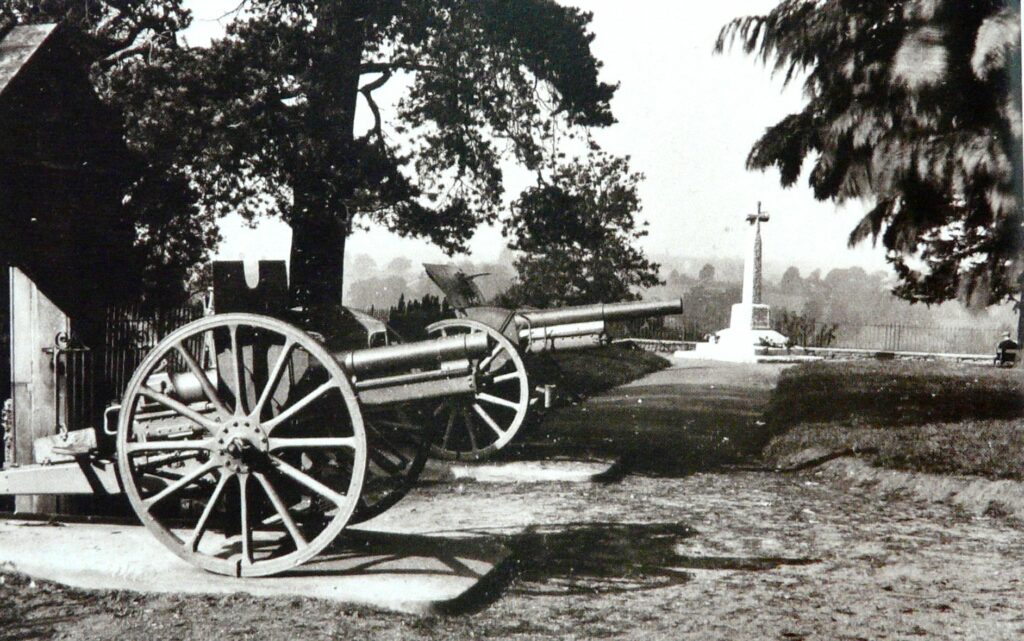We’ve recreated the centre piece of John Kyrle’s pleasure garden, The Prospect, as it might have looked in 1700. A fountain that flowed with water pumped up from the Wye and went on to provide the town with its first water supply. The story is a long one and takes a few turns …

Background to the Lost Fountain
After leasing the land now known as The Prospect in 1697, John Kyrle set about creating a public garden, at the centre of which a fountain was built. It was to provide a source of water to the townsfolk. Sources of information about the fountain are scarce and rely largely on the memories of William Dobbs who, aged 84, was interviewed by Charles Heath of Monmouth c1796, and a book published in 1821, by Thomas Dudley Fosbroke. They tell us the fountain was oval in shape and had a spouting figure at its centre.
To feed the fountain, water was pumped up from the river by means of “an engine” (waterwheel) through pipes made from hollowed out tree trunks. To create the pipes the tree trunks had to be split vertically, hollowed out and then bound back together with metal hoops. There’s an example of a similar pipe in the Waterworks Museum in Hereford. As a result of this construction style and the high pressure created by the waterwheel, they were prone to leaks. After a number of years (probably after John Kyrle’s death in 1724), attempts to keep the pipes in good repair were abandoned and the fountain fell into disuse. This, combined with the gradual degradation of The Prospect, led to it being filled in and lost for good by 1794.
“William describes it as forming an oval of some extent, in Proportion to its depth, which was near 8 feet, the sides secured with brick, and the bottom paved with fine square stones.”
Extract from “The Excursion Down the Wye From Ross To Monmouth” by Charles Heath.
“Having obtained a long lease on the ” Prospect” he (Kyrle) elevated the ground in the midst, and joined by other respectable Townsmen, had in ” the dry Rock” a fountain made, supplied from the river by the engine below. The fountain contained upwards of 550 hogsheads of water, conveyed by underground pipes to public cocks in the streets. In the middle was a handsome spouting Image. The fountain growing long ago into disuse, through pipes being placed to convey the water to the houses, the brick wall of this reservoir was taken down, and the hollow filled up in 1794,”
Extract from “Companion to the Wye Tour” by Thomas Dudley Fosbroke, published in 1821.
John Kyle’s Tale
John Kyrle is the most famous name in the town. Known as “The Man of Ross” it was he who established The Prospect in 1700 along with an attempt at a water supply for the town and the fountain that formed it’s reservoir and the focal point of his new garden.
Judith Bubb’s Tale
Judith Bubb was not an important figure in the town. She was a distant relative of John Kyrle and, along with her older sister Sarah, became his ward at an early age. She continued to live with him until his death and acted as his housekeeper and personal assistant.
James Barrett’s Tale
James Barrett built the Royal Hotel in 1837. Quite straight forward you may think, but he performed what was perceived by the town’s folk at the time as a “land grab” on half of The Prospect. Decades of disagreements and even riots followed.
Thomas Blake’s Tale
Thomas Blake, Ross born businessman, philanthropist and MP, is the man who – among other great acts of kindness in the town – was responsible for getting a proper water supply into Ross in 1889. He also finally secured The Prospect for the town.
The Making of … film
The artwork for the Fountain has been created by Martin Hazell
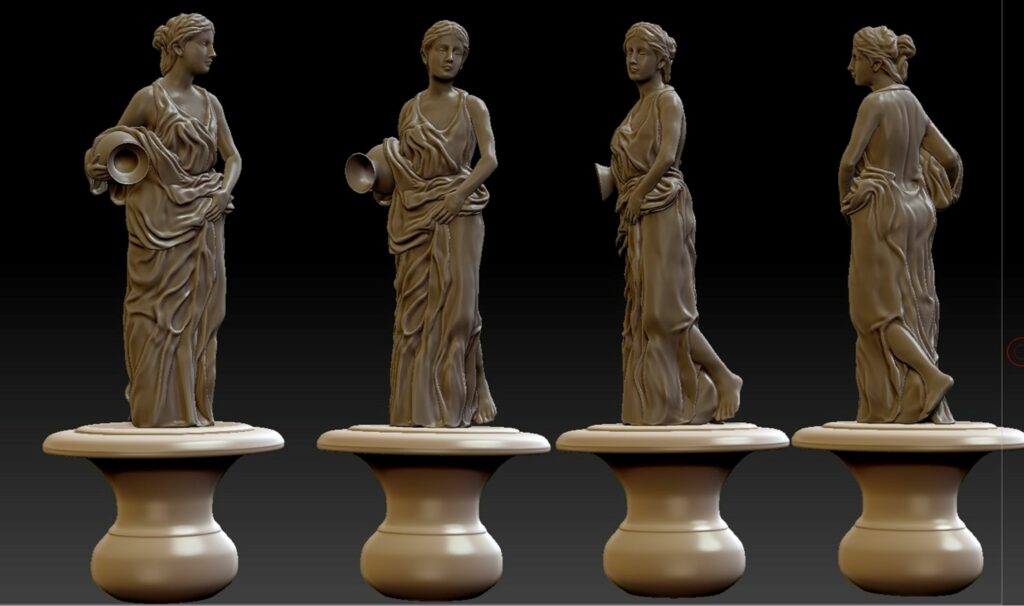
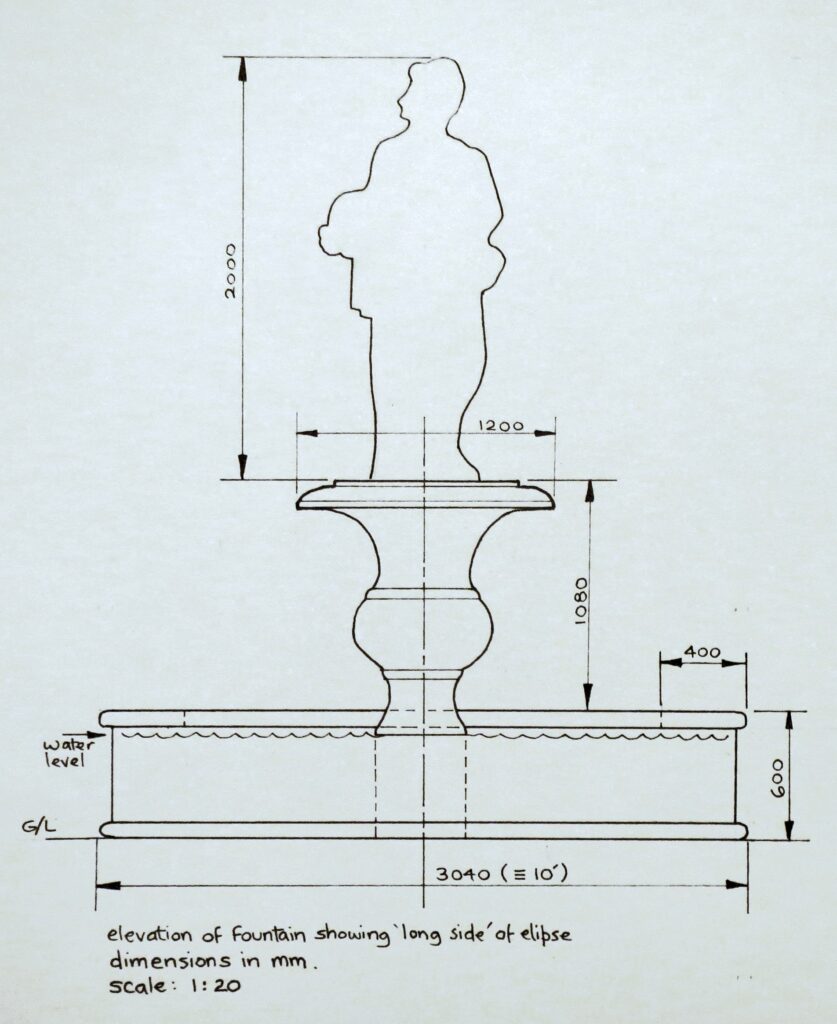
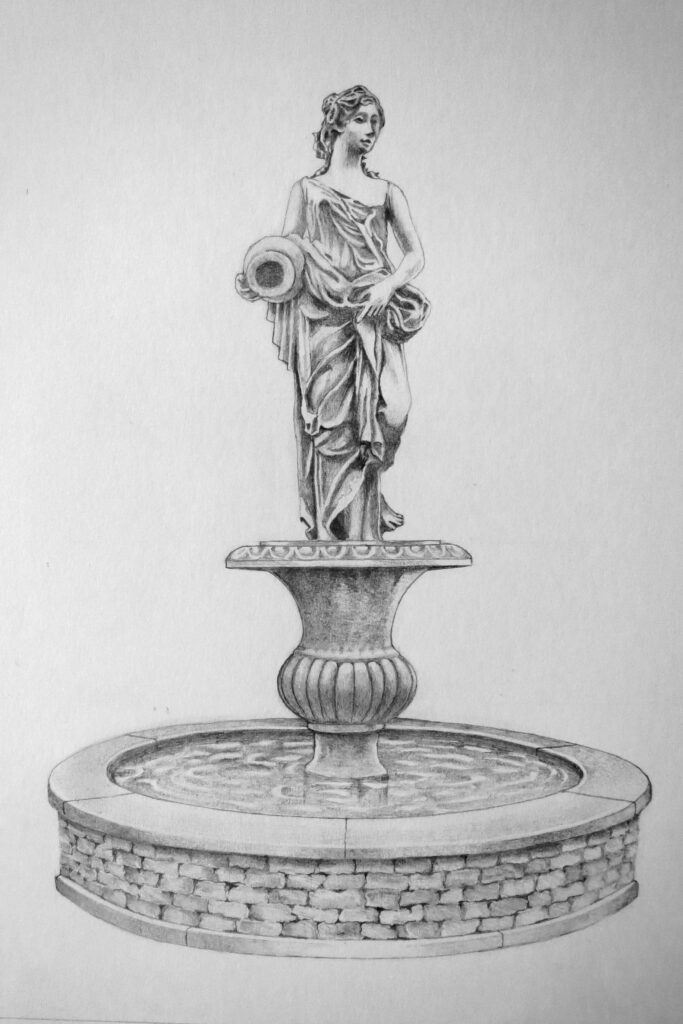
The Field Guns
There is a second Museum exhibit on The Prospect: Two fielguns over by the smaller of the two gates.
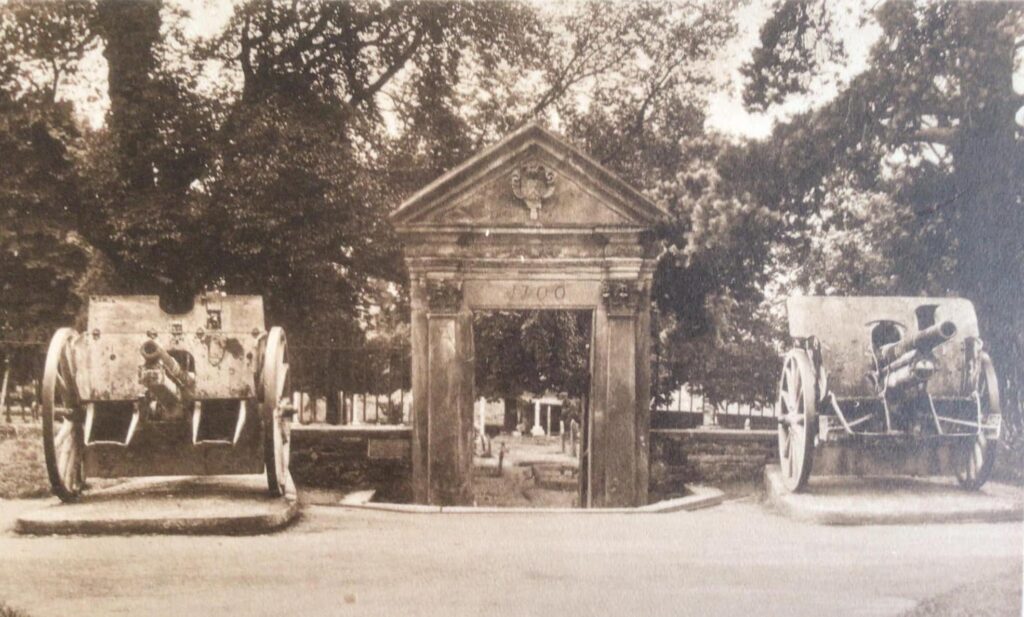
The aftermath of the First World War saw the biggest single wave of public commemoration ever with tens of thousands of memorials erected across England, both as a result of the huge impact the loss of three quarters of a million British lives had on communities and the official policy of not repatriating the dead, which meant that the memorials provided the main focus of the grief felt at this great loss.
One such memorial was raised here in 1921. The Ross District War Memorial was built by Alfred William Ursell, a mason, at a cost of £400 and it commemorates 105 local servicemen who fell in the First World War.
The memorial originally had two German field guns sited with it which were removed in the 1930s.
Following the Second World War 44 names were added with a further name being added following the Falklands Conflict.
In 2008 it was discovered that the war memorial had been erected on top of a Roman settlement and so the memorial was dismantled and stored to allow archaeological investigations to take place. The memorial was subsequently repositioned approximately 50m from its original location and was rededicated.
